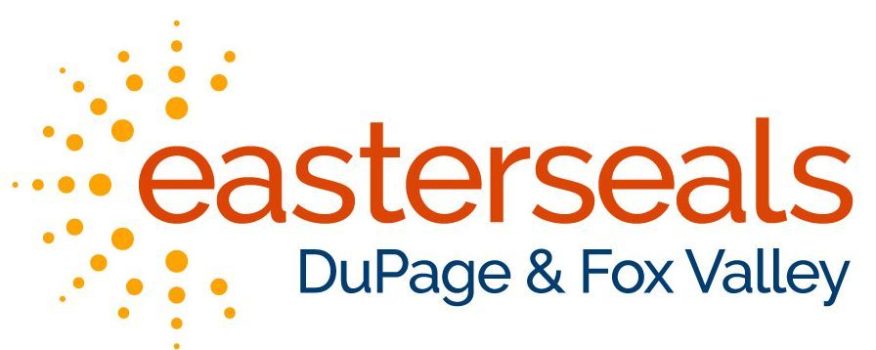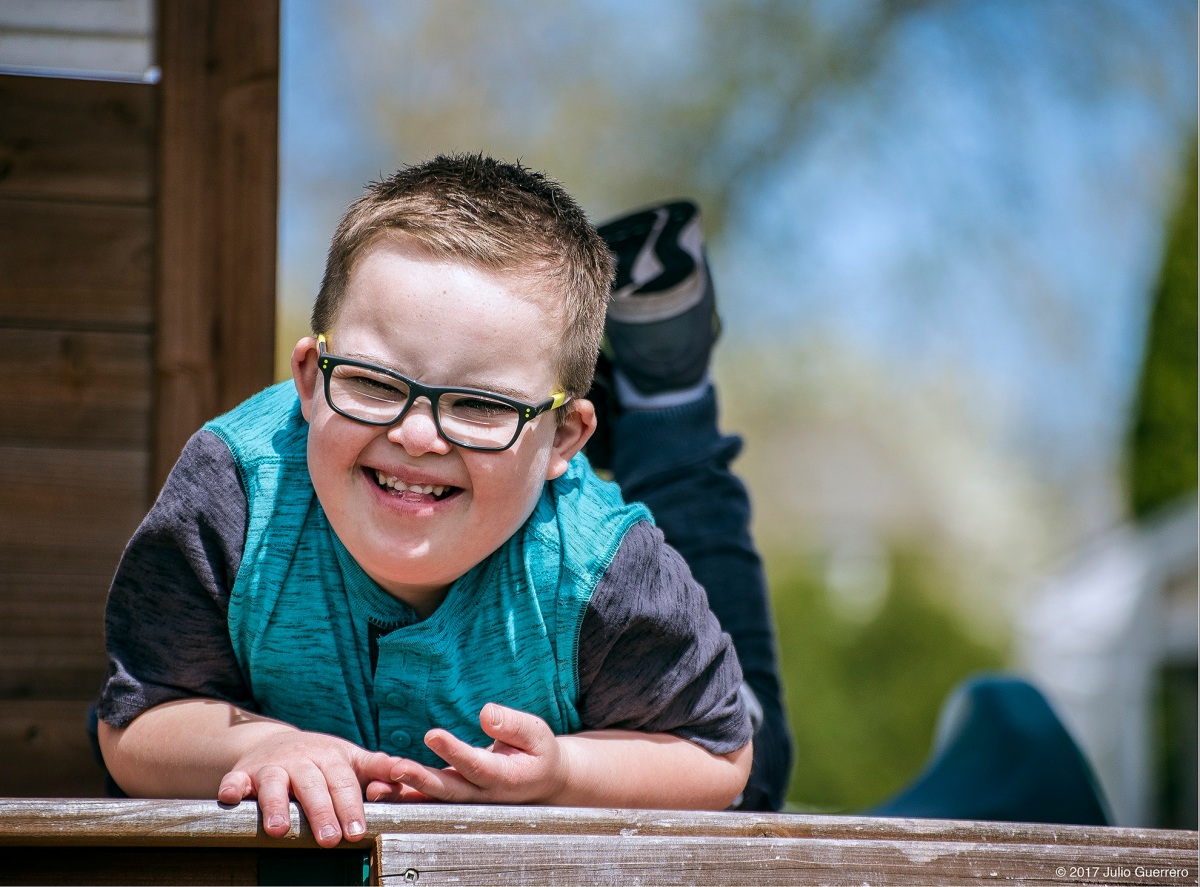By: Joanne Pygon, PT, MS, PCS
Physical therapy plays a crucial role in helping a child who is diagnosed with Down syndrome (DS) reach their highest potential. What that therapy looks like through a child’s life changes as he/she transitions from newborn to teenager. Hypotonia, weakness, cardiac and respiratory issues are some of the challenges a PT will address.
0 – 24 months: The physical therapist (PT) is one of the first healthcare professionals to work with a parent and their child to help build a strong foundation of strength and movement. Depending on the medical complications a child faces, the PT works regularly with the child to build strong muscles so he/she doesn’t develop compensation that can affect their abilities later.

The parents or caregivers will have activities to work on daily to help their child reach gross motor milestones. The child may need special braces for their feet to improve alignment so that muscles can maintain length to function efficiently.
Compression garments such as a SPIO, Benik or an abdominal binder, may be considered to aide postural alignment and respiratory function. Aquatic therapy can be beneficial if a child enjoys the water. This gives him/her an opportunity to be challenged in new and fun ways, while also building strong swimming skills and an enjoyment of water for future exercising.
2 years – 5 years: During the preschool years physical therapy continues to address higher level gross motor skills. It may be appropriate for a child to be involved in group therapy sessions where peers motivate each other, along with providing social and communication opportunities.
Easterseals has groups like Mighty Movers, Build Your Muscles, Build Your Brain (TAAP), Get in the Game and more that enhance a child’s gross-motor skills. Most children start in a school program upon turning 3 years old. PT is provided in the school to address issues that interfere with academic success. This might be enough therapy for a child or the parent may choose to continue private therapy depending on the child’s needs and goals. If the child has orthotics (foot braces), then a PT should be following the child periodically to check for fit and continued need. During this time, families can explore park district programs in their area, especially gymnastics classes or swimming in order to build balance, strength and coordination.

5 – 10 years: Throughout these years, a child involved in community-based programs could seek PT consultations. Some children may enjoy a summer PT group to build strength and confidence such as our rock climbing group. Biking can also be a great opportunity for fitness and socializing. There are several “learn to bike” programs in the community and a PT can help a child develop this skill. Many children become involved in swimming and this becomes their life long fitness.
 Teenage years: Encourage physical fitness, which is important for any teenager or young adult. Hopefully as the child faces the challenges of being a teenager, they have confidence in their abilities and can continue to be a part of a sport community, like a swim team, running group, or special rec team. The child may need to check in with their PT a bit more to update home programs, as growth may affect their posture. While braces may not be needed anymore, foot inserts may be necessary to support his/her feet in the best possible position.
Teenage years: Encourage physical fitness, which is important for any teenager or young adult. Hopefully as the child faces the challenges of being a teenager, they have confidence in their abilities and can continue to be a part of a sport community, like a swim team, running group, or special rec team. The child may need to check in with their PT a bit more to update home programs, as growth may affect their posture. While braces may not be needed anymore, foot inserts may be necessary to support his/her feet in the best possible position.
Most importantly, set high expectations and enjoy all the gifts children bring to families!
For more information on our Down Syndrome services, visit http://www.easterseals.com/dfv/our-programs/downsyndrome.html. To get started or learn more, call us at 630.282.2022.



Hi Joanne Pygon,
Actually, physical therapy is very much important for all of us. But, when we are talking about Physical Therapy for childrens its gonna compulsory.
This is very informative article, thanks to you for this good information.
LikeLike